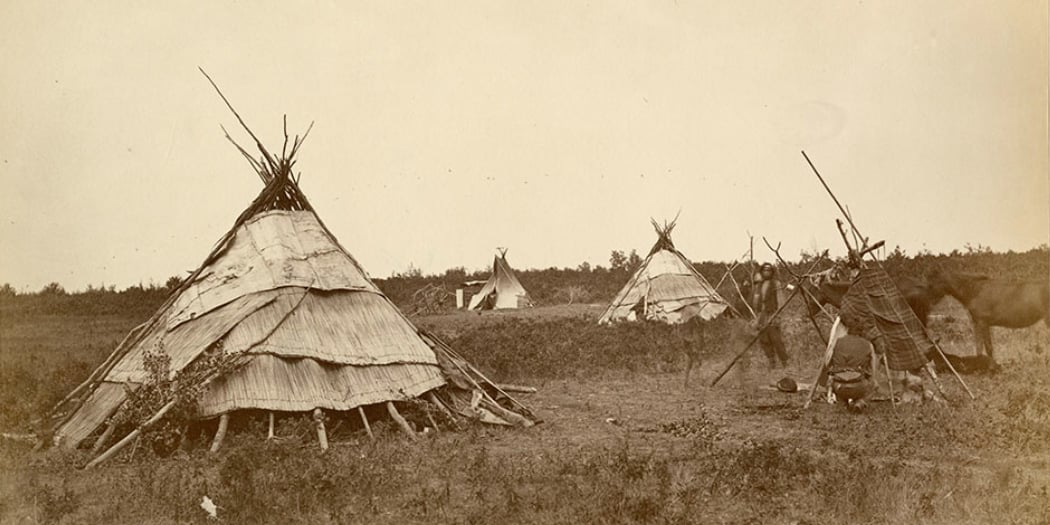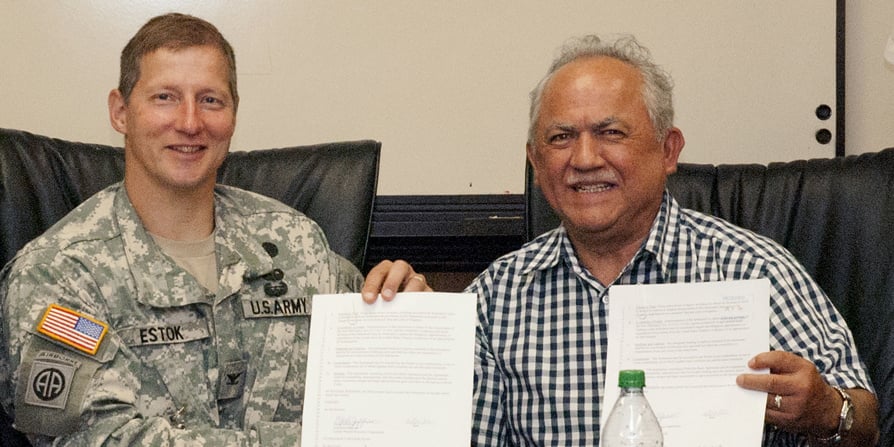Differentiation: Indigenous Peoples and Non-Indigenous Peoples
Many non-Indigenous people believe that Indigenous Peoples, under the Indian Act receive “special treatment” and unfair advantages. More...

Reality: To say that Indigenous Peoples receive free post-secondary funding is misleading because it implies all Indigenous Peoples are eligible for funding. This is simply not the case. Firstly, Métis and non-status Indians are not eligible. Secondly, Inuit, Métis and First Nation students living off-reserve are not eligible.
In order to create additional opportunities for their members, some First Nations and bands set aside funding within their budgets to assist their members in obtaining a post-secondary education. These programs are similar to scholarship programs established by post-secondary institutions and other organizations that want to see the advancement of youth. In some of those communities with education funding, there are waiting lists too long to possibly fund all who apply.
But, a great many communities do not have funds set aside for education funding. While K-12 and post-secondary education are among the top concerns for most community governments, budgets also have to cover housing and health - the other primary concerns.
A 2009 report by The Education Policy Institute states:
As has frequently been noted by First Nations themselves, the amount of money available under the Post Secondary Student Support Program has stayed roughly constant, in real dollars, over the past fifteen years. However, at the same time, the change in Aboriginal demographics means that more First Nations youth are becoming qualified to attend Post Secondary Education. Educational costs have also tended to rise by more than inflation. With money roughly steady in real terms, this increase in demand and increase costs must mean either that average aid is being reduced in some manner, or that the number of people being assisted is being reduced, or some combination of the two. In short, rationing is required. [1]
Programs offered in the government-funded and church-run Indian Residential Schools emphasized "Christianizing" Indians and provided training for jobs in agriculture and as domestic help not with a goal of obtaining a post-secondary education. During this time of Indian Residential Schools, access to public schools or universities for Indigenous Peoples was restricted.
So, no, not all Indigenous Peoples are eligible to receive free post-secondary education - a ludicrous assumption that is frequently voiced. An equivalently ludicrous statement would be “all people with disabilities get free education” - but one never hears that.
There are a number of myths out there regarding Indigenous Peoples so we decided to compile them and associated realities into an ebook. Sign up for our newsletter to download your copy today.
[1] Usher, Alex (2009). The Post-Secondary Student Support Program: An Examination of Alternative Delivery Mechanisms. Toronto, ON: Educational Policy Institute
Featured photo: Pixabay

Many non-Indigenous people believe that Indigenous Peoples, under the Indian Act receive “special treatment” and unfair advantages. More...

There has been a long-held idea that all Indigenous Peoples were nomadic peoples living in primitive conditions roaming the land searching for their...

As June 5 is Canadian Forces Day we thought it would be timely to provide some history of Aboriginal enlistment in the Canadian Forces (CF) and why...